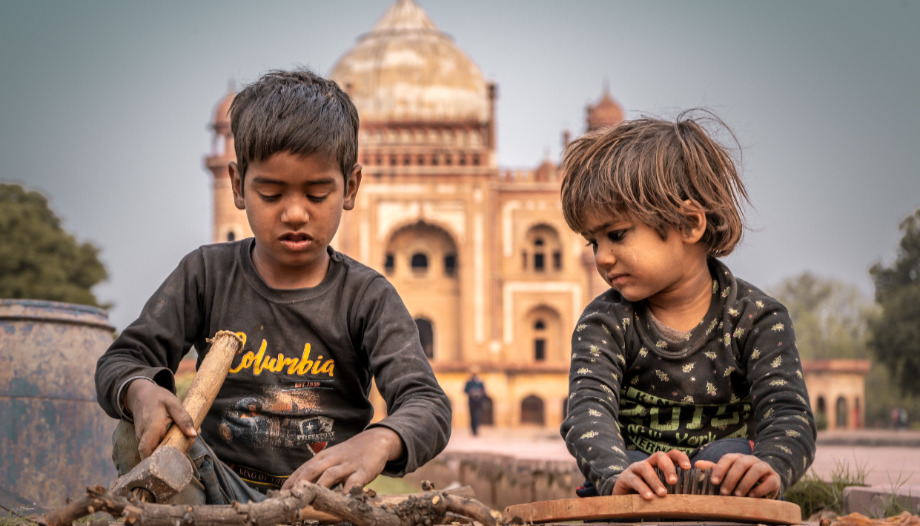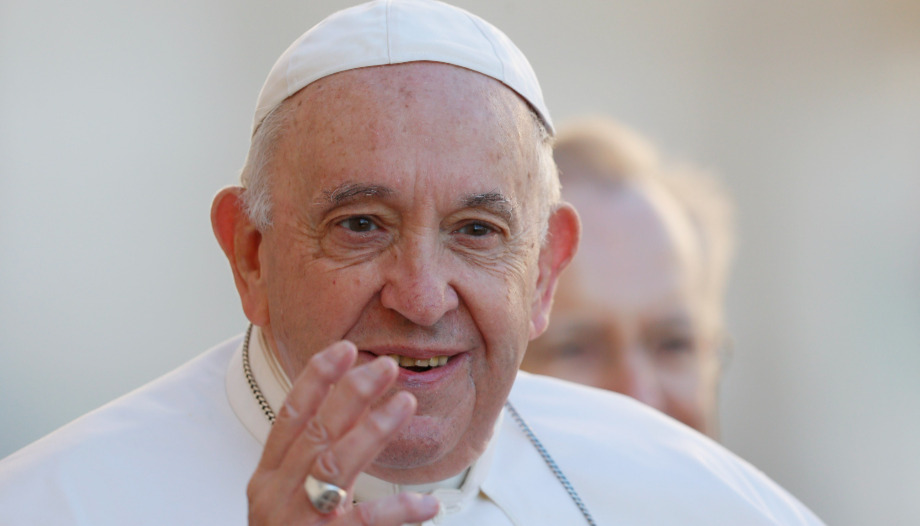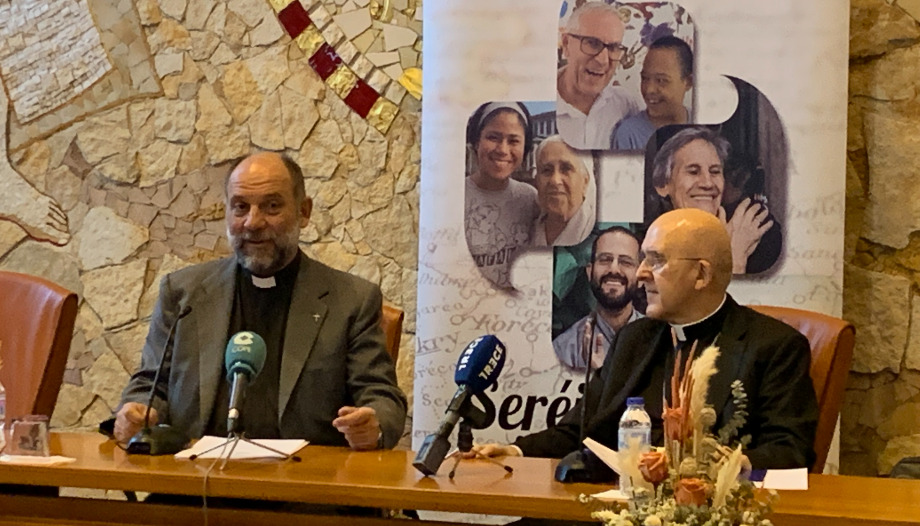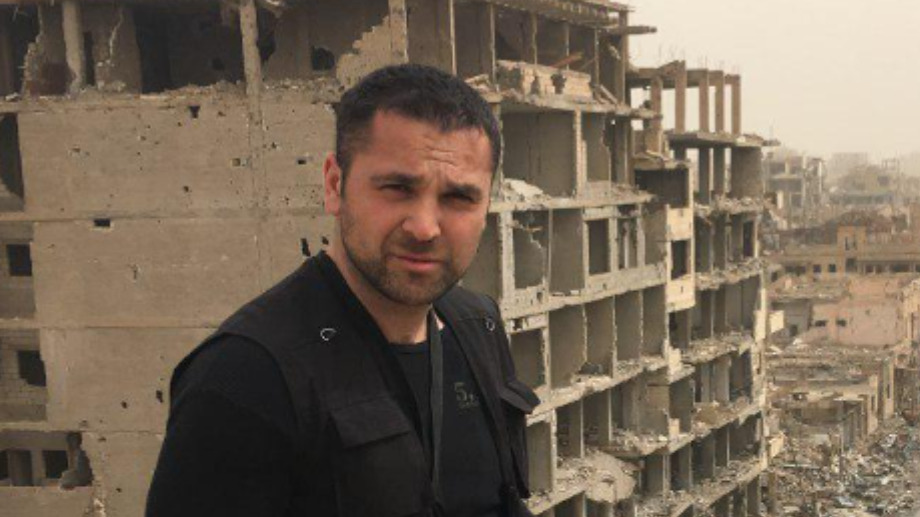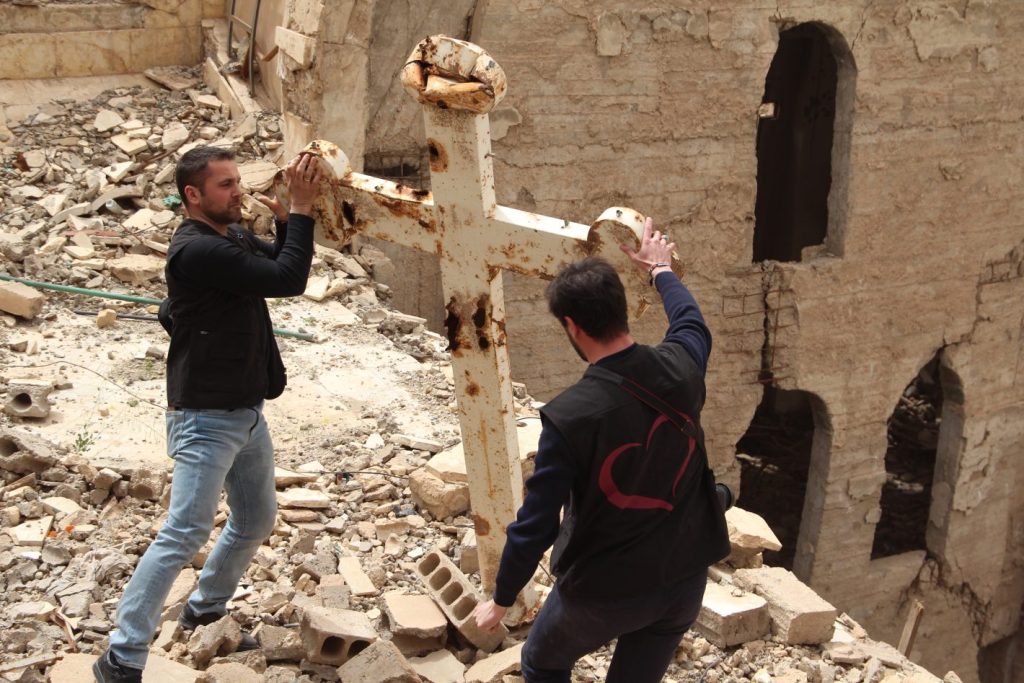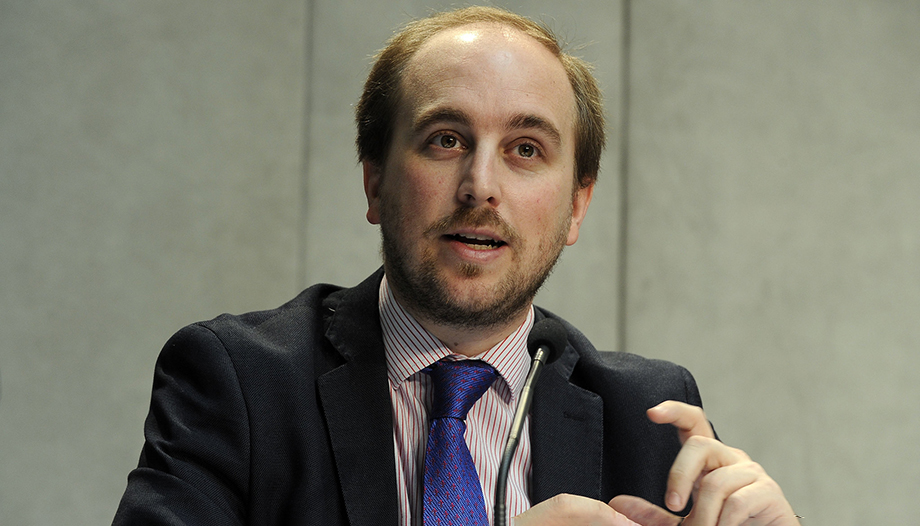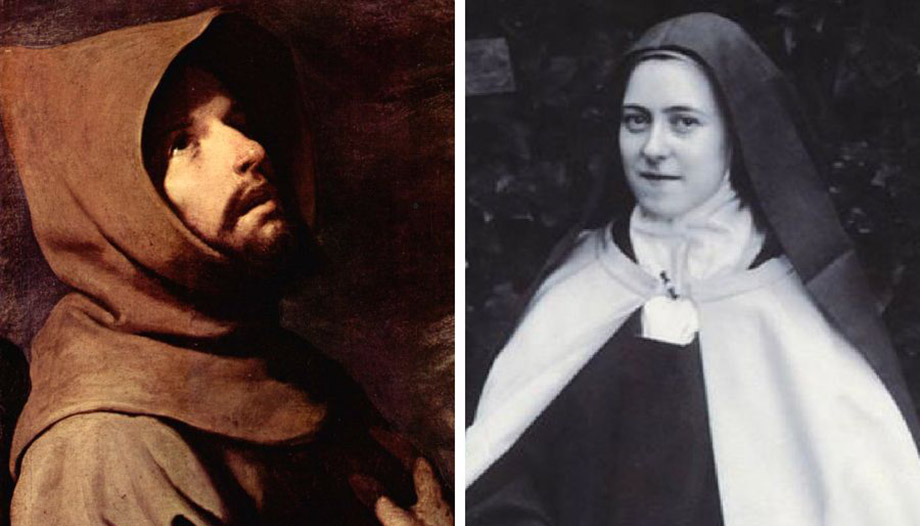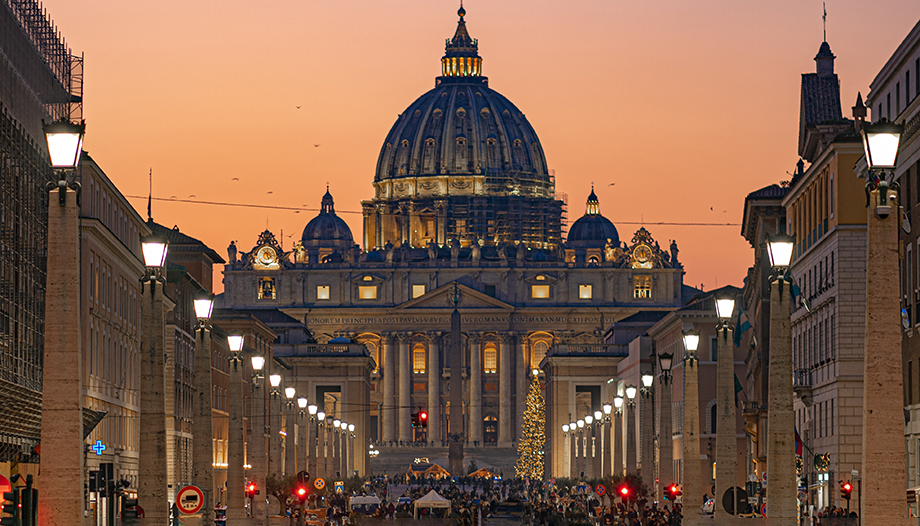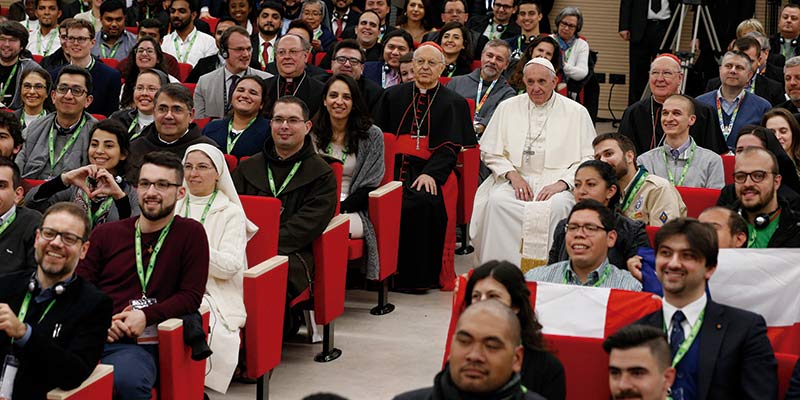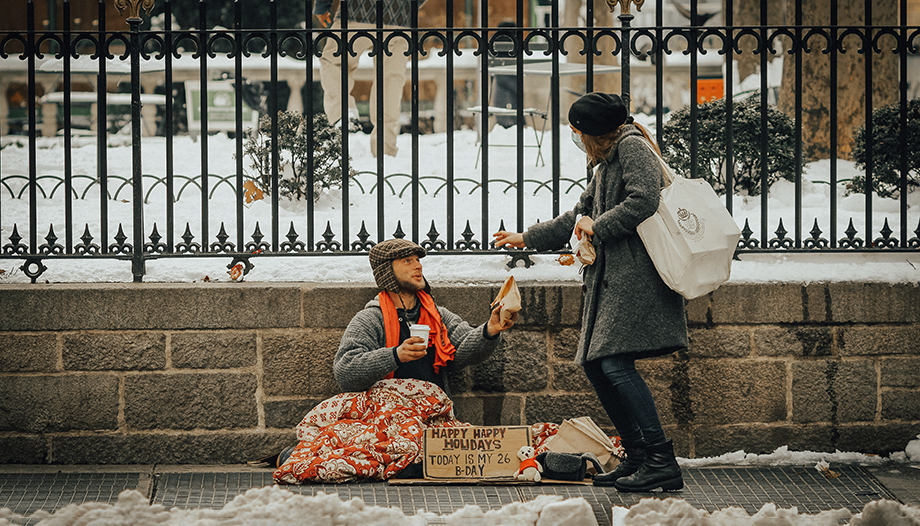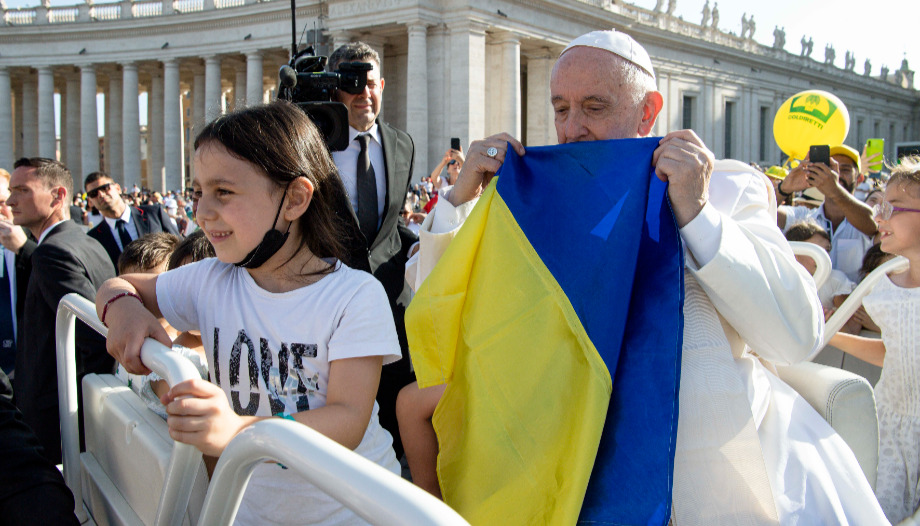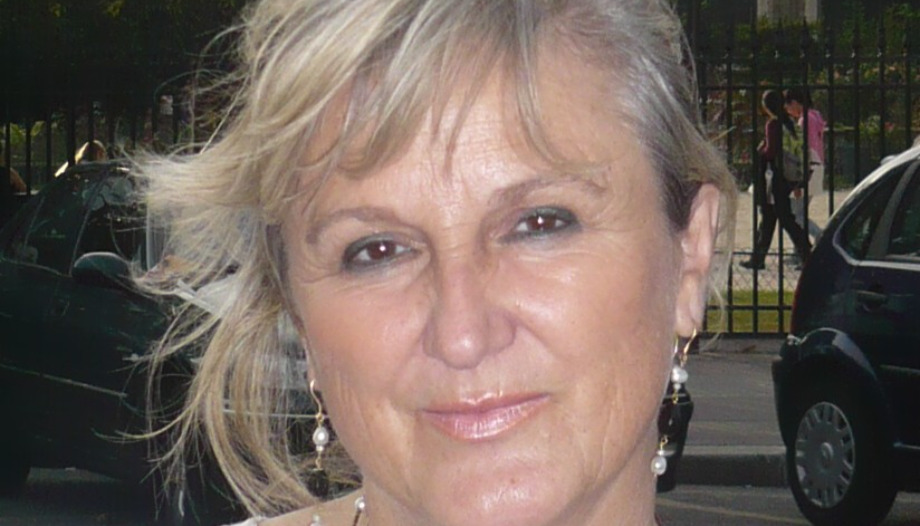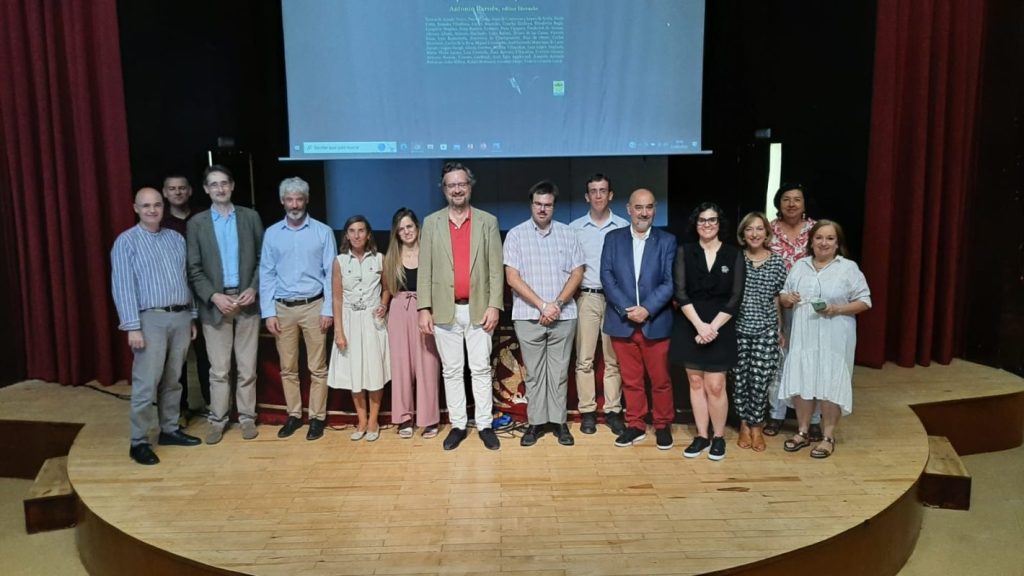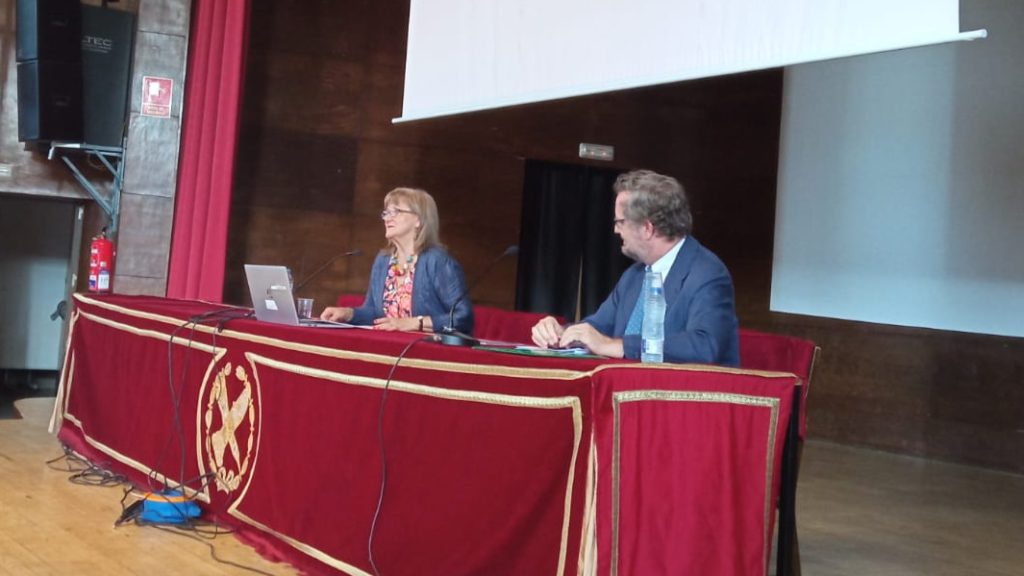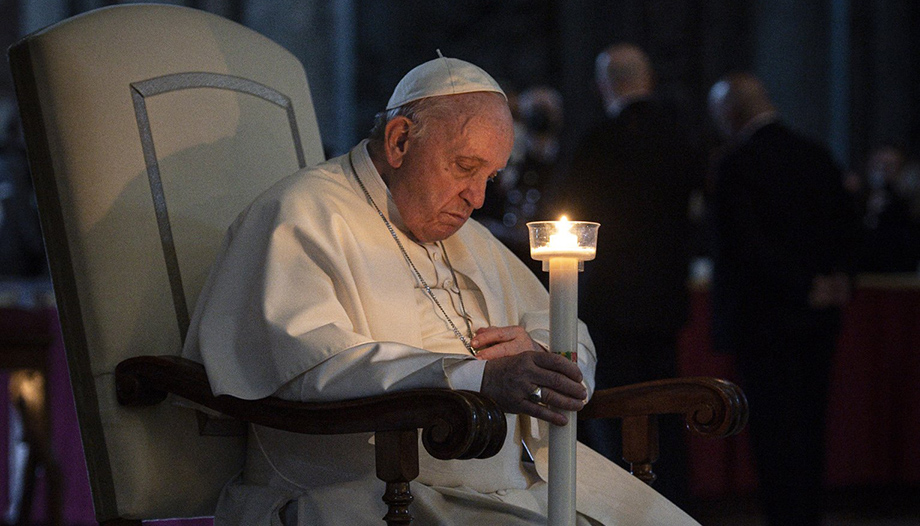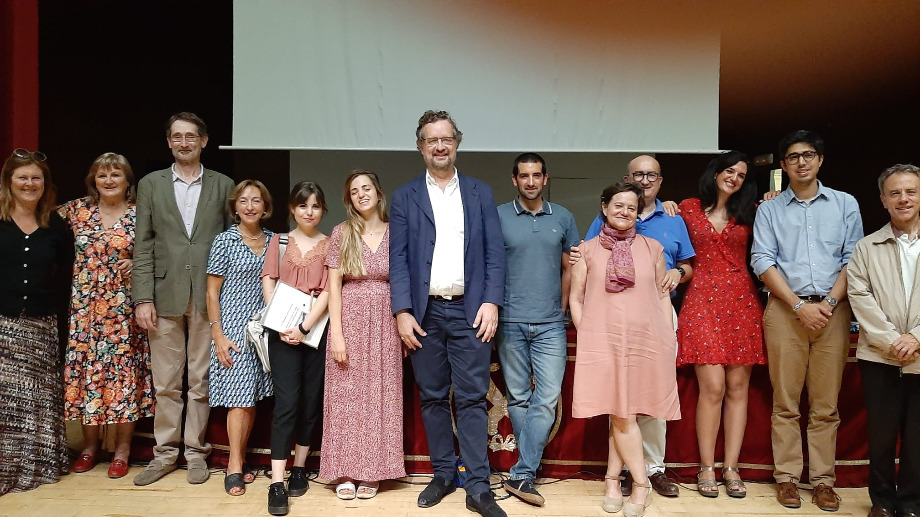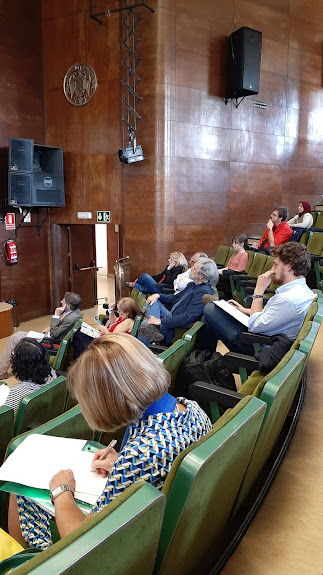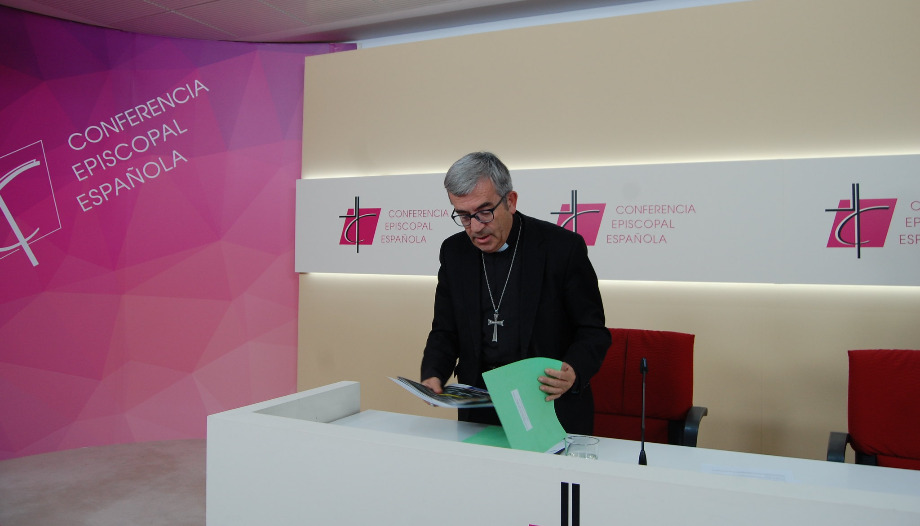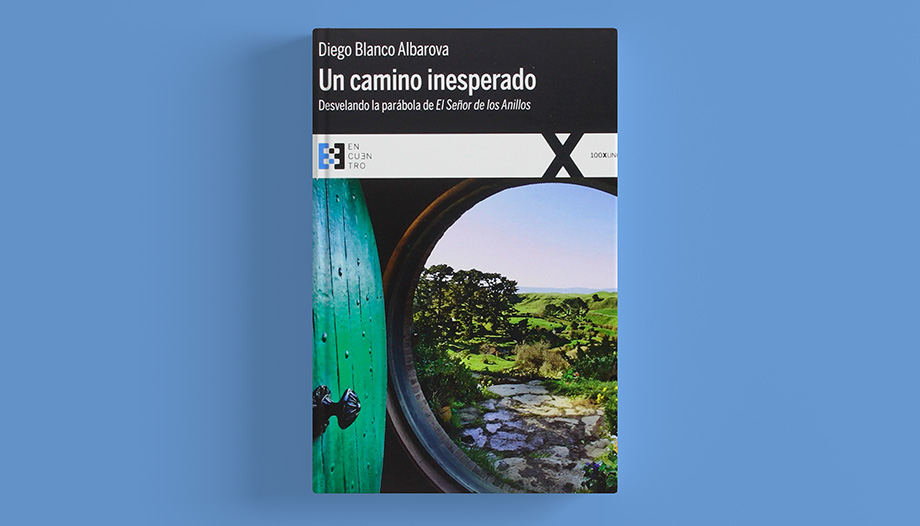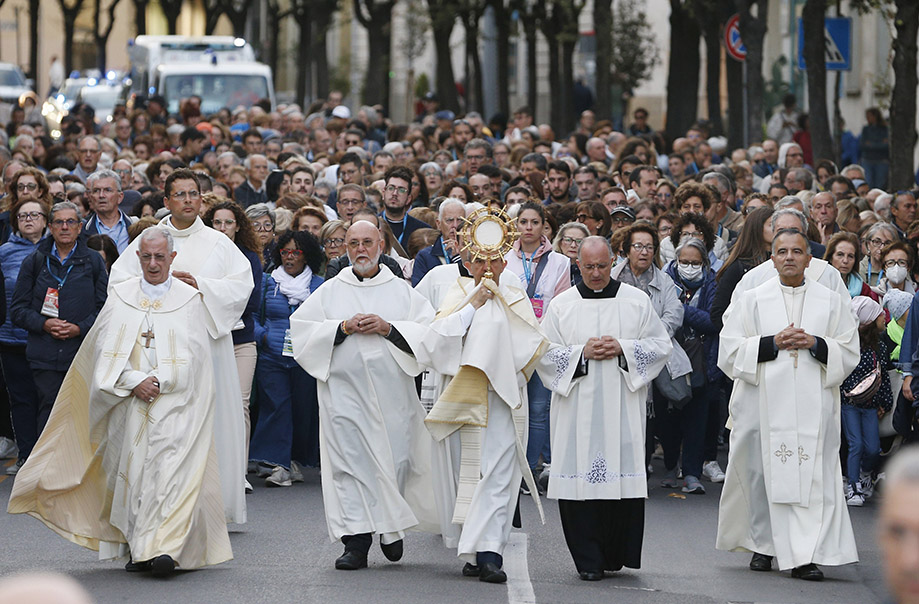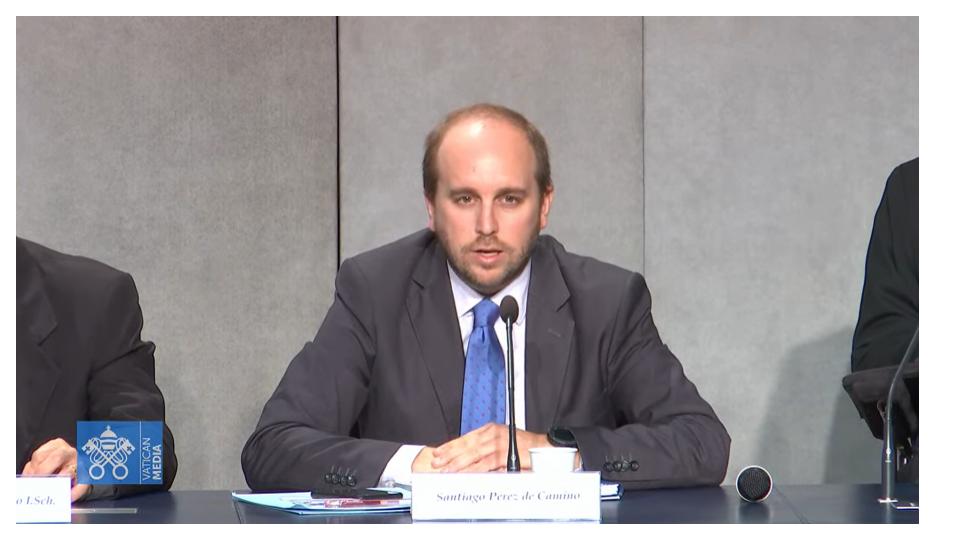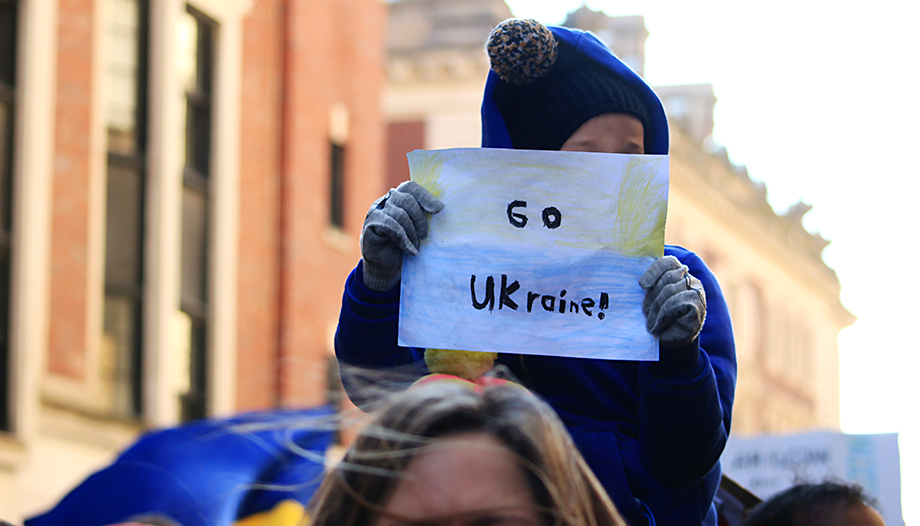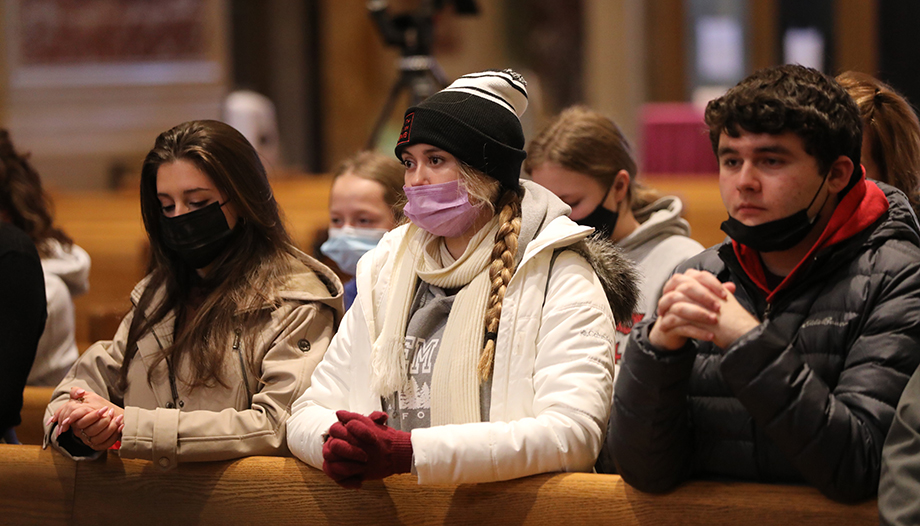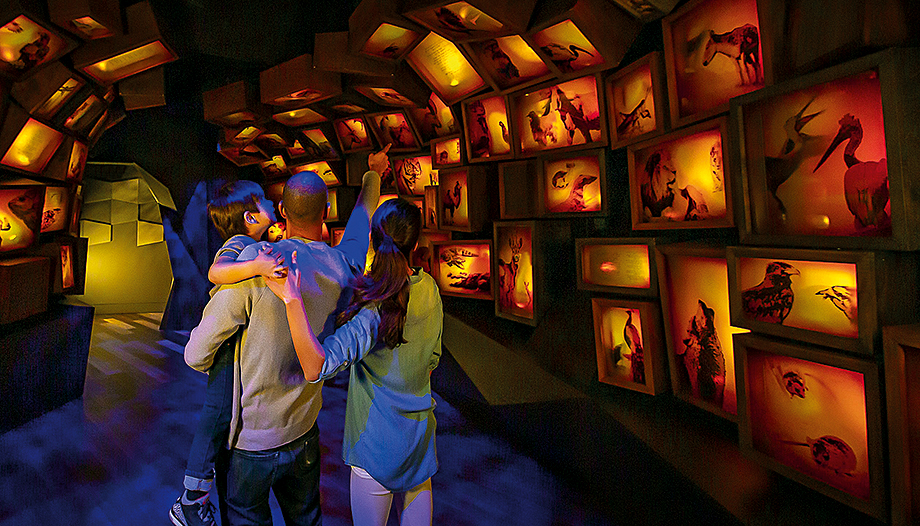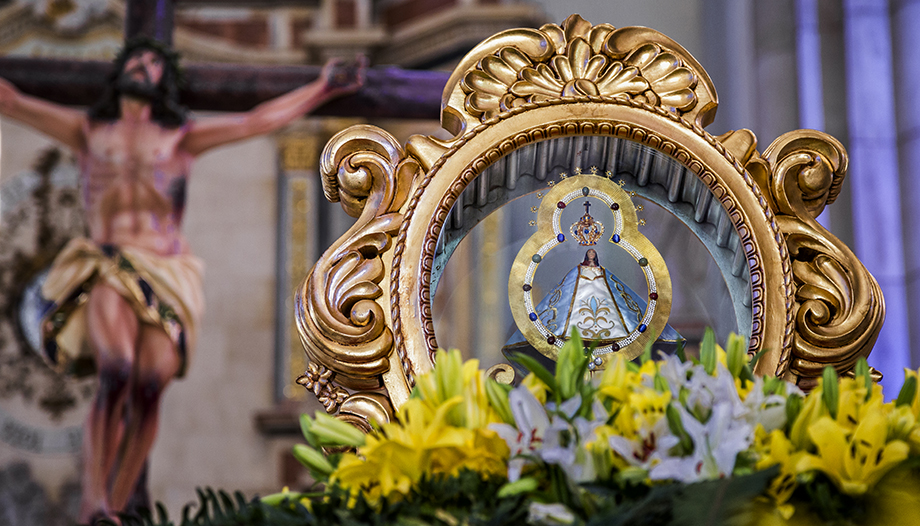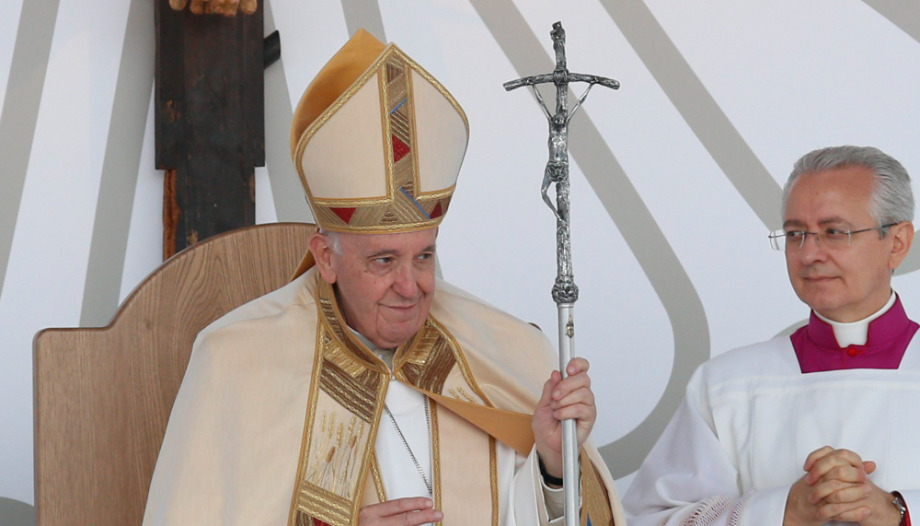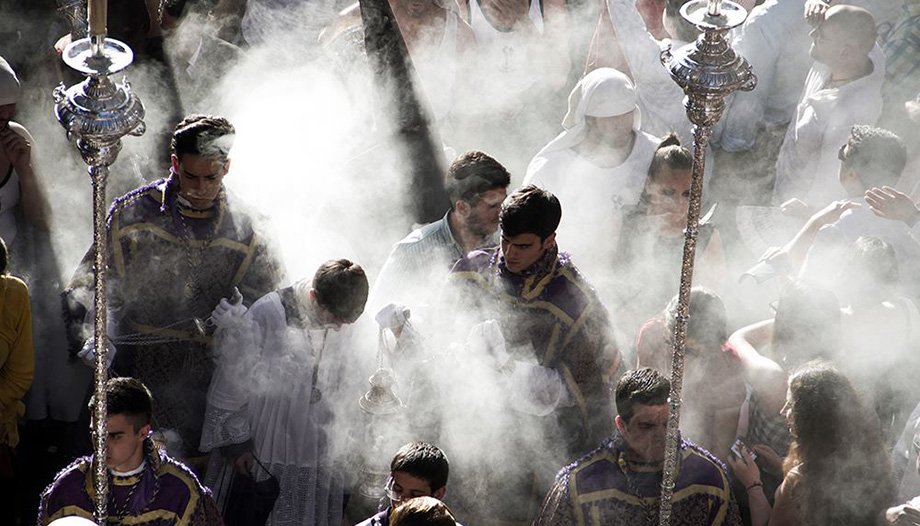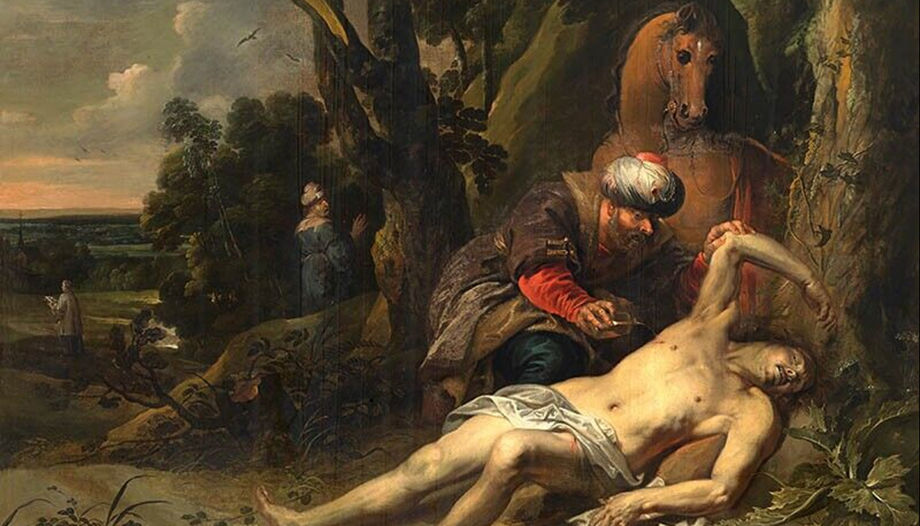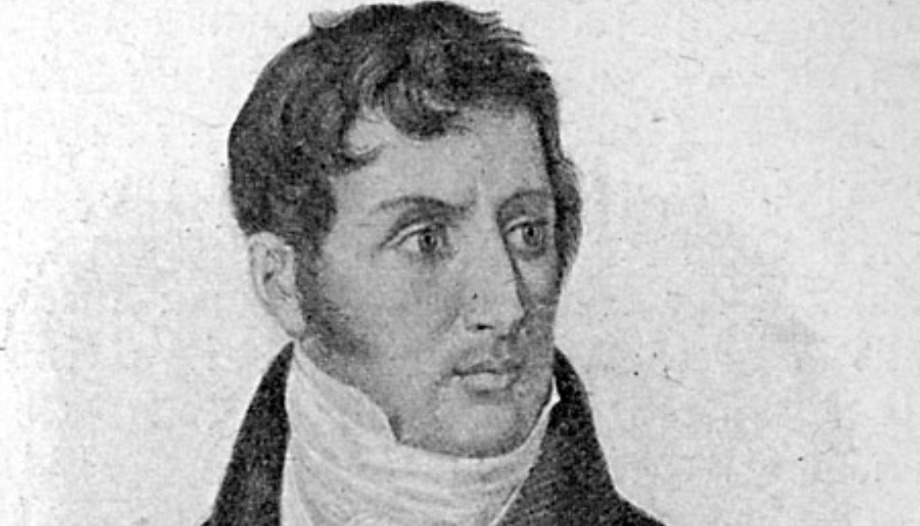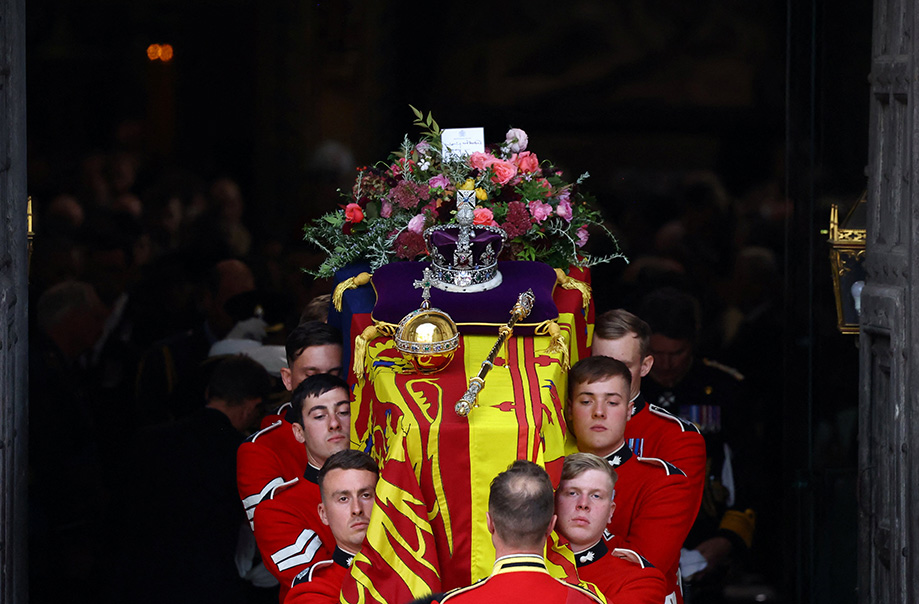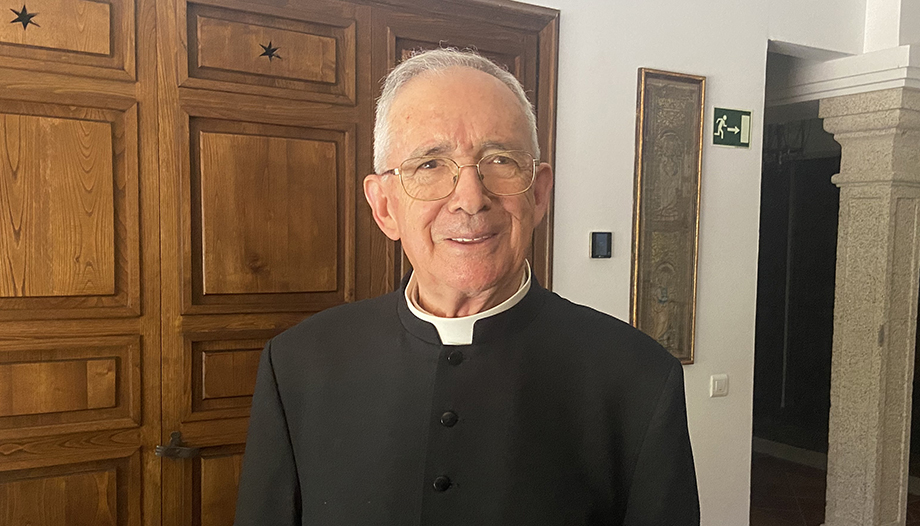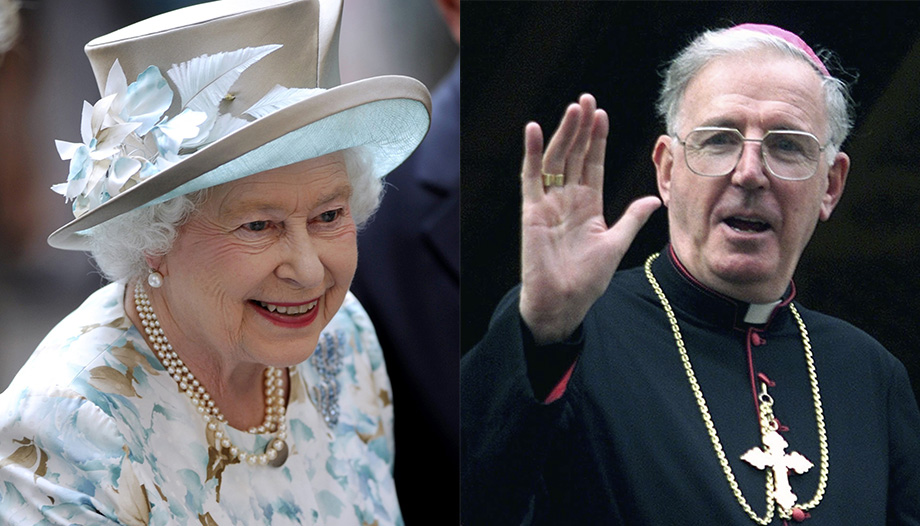Among the Pope's teachings during these last weeks, we have chosen three apparently very different, but in reality interconnected, themes: the Holy Spirit, the poor, theology.
Walking with the Holy Spirit: asking, discerning, going forth
In the Pentecost homily (5-VI-2022) the Pope acknowledged that he was impressed by a word of the Gospel: "The Holy SpiritThe Father, whom the Father will send in my name, will teach you everything and remind you of all that I have said". (Jn 14:26). What does this "everything" mean, he asked himself, and answered: it is not a question of quantity or erudition, but of quality, of perspective and sense of smell, because the Spirit makes us see everything in a new way, according to the gaze of Jesus. "On the great road of life, He teaches us where to start from, which roads to take and how to walk." And so he explained these three aspects.
First, where to start from. We are accustomed to think that if we keep the commandments, then we love. But Jesus has said it the other way around: "If you love me, you will keep my commandments.". Love is the starting point, and this love does not depend above all on our abilities because it is his gift. Hence it is necessary to ask the Holy Spirit, the "motor" of the spiritual life. As on other occasions, Francis has pointed out that the Holy Spirit is the "memory" of God, in various senses.
On the one hand, the Holy Spirit is a "active memory, which kindles and rekindles the affection of God in the heart."That is to say, He reminds us of His mercy, His forgiveness, His consolation. On the other hand, even if we forget God, He remembers us continually; and not in general, but "heals" and "heals" our memories, especially our defeats, mistakes and failures, because He always reminds us of the starting point: God's love. And so the Spirit "it puts order in life: it teaches us to welcome each other, it teaches us to forgive, to forgive ourselves.". It is not easy to forgive oneself: the Spirit teaches us this path, teaches us to reconcile with the past. To begin again.
Secondly, it indicates which paths to take. Those who allow themselves to be led by the Spirit of God, says St. Paul, "walk not after the flesh, but after the Spirit." (Rom 8:4). Therefore, in addition to asking for the love of the Holy Spirit, it is necessary to "learn to discern to understand where the voice of the Spirit is, recognize it and follow the path, follow the things He tells us."
This is nothing generic, Francis explains: the Holy Spirit corrects us, urges us to change, to make an effort, without allowing ourselves to be carried away by whims. And when we fail, he does not leave us on the ground (as the evil spirit does), but takes us by the hand, consoles us and encourages us. On the other hand, bitterness, pessimism, sadness, victimhood, complaints, envy... do not come from the Holy Spirit, but from evil.
Moreover, the Pope adds, the Spirit is not idealistic but concrete: "He wants us to focus on the here and now."not in fantasies or murmurings, nor in nostalgia for the past, nor in fears or false hopes for the future. And it is clear what Francis is referring to: "No, the Holy Spirit leads us to love here and now, concretely: not an ideal world, an ideal Church, an ideal religious congregation, but what is there, in the sunlight, with transparency, with simplicity.".
Third, the Holy Spirit teaches us how to walk. Like the disciples, he makes us come out of our confinement to proclaim, to be open to everyone and to God's novelties, to be a welcoming home and to forget ourselves. And in this way he rejuvenates the Church. "The Spirit" -The successor of Peter remarked. "frees us from the obsession with urgencies and invites us to walk along ancient and ever new paths, those of witness, the paths of good example, the paths of poverty, the paths of mission, to free us from ourselves and send us out into the world."
Even, he concludes, the Spirit is the author of an apparent division, noise and disorder, as happened on the morning of Pentecost. But deep down he works for harmony: "He creates division with charisms and He creates harmony with all that division, and that is the richness of the Church.".
The Holy Spirit, "teacher" and living "memory
In the Regina Caeli On Pentecost Sunday itself, the Pope used two images to explain the role of the Holy Spirit with us: as "teacher" and, again, as "memory".
First of all, Holy Spirit teaches to overcome the distance that may seem to exist between the Gospel message and everyday life. Since Jesus lived two thousand years ago in very different situations, the Gospel may seem inadequate for our needs and problems. What can the Gospel say - we might ask - in the age of the Internet, in the age of globalization?
But the Holy Spirit is "specialist in bridging distances": "connects the teachings of Jesus with every time and every person.". It updates the teaching of Jesus, risen and alive, in the face of the problems of our time.
It is proper of the Spirit to "re-member" (bring back to the heart) the words of Christ. Before Pentecost, the apostles had heard Jesus many times, but had understood him little. So do we: the Holy Spirit makes us remember and understand: "It moves from the 'heard' to the personal knowledge of Jesus, which enters into the heart." And so the Spirit changes our life: "It makes Jesus' thoughts become our thoughts.".
On the other hand, without the Spirit, Francis warns, faith becomes forgetful, we lose the living memory of the Lord's love, perhaps because of an effort, a crisis, a doubt. For this reason, the Pope proposes, we must frequently invoke the Spirit: "Come, Holy Spirit, remind me of Jesus, enlighten my heart."
Poverty that liberates
On June 13, Francis published his Message for the Sixth World Day of the Poor, which will be celebrated on the same day next November. The motto summarizes the teaching and the proposal. "Jesus Christ became poor for your sake (cf. 2Co 8:9)". It is a healthy provocation, says Francis, "to help us reflect on our lifestyle and on the many poverties of the present moment".
Even in the present context of conflicts, sickness and wars, Francis evokes the example of St. Paul, who organized collections, for example, in Corinth, to care for the poor of Jerusalem. He refers specifically to the Sunday Mass collections. "At Paul's direction, every first day of the week they collected what they had managed to save and everyone was very generous.". We should also be so for the same reason, as a sign of the love we have received from Jesus Christ. "It is a sign that Christians have always performed with joy and a sense of responsibility, so that no sister or brother lacks what is necessary."as St. Justin testifies (cf. First Apology, LXVII, 1-6).
Thus the Pope exhorts us to never tire of living solidarity and welcoming: "As members of civil society, let us keep alive the call to the values of freedom, responsibility, fraternity and solidarity. And as Christians, let us always find in charity, faith and hope the foundation of our being and our action.". In the face of the poor, it is necessary to renounce rhetoric, indifference and the misuse of material goods. It is not a matter of mere assistance. Nor activism: "It is not activism that saves, but sincere and generous attention that allows us to approach a poor person as a brother who reaches out to help me wake up from the lethargy into which I have fallen.".
For this reason, he adds in the demanding words of his programmatic exhortation Evangelii gaudium: "No one should say that they stay away from the poor because their life choices involve paying more attention to other matters. This is a frequent excuse in academic, business or professional, and even ecclesial environments. [...] No one can feel exempt from concern for the poor and for social justice." (n. 201).
The Bishop of Rome concludes by pointing out two very different types of poverty: "There is a poverty - famine and misery - that humiliates and kills, and there is another poverty, his poverty - that of Christ - that liberates us and makes us happy".
The first, he says, is the child of injustice, exploitation, violence and the unjust distribution of resources. "It is a desperate poverty, with no future, because it is imposed by a throwaway culture that offers no prospects and no way out.".
This poverty, which is often extreme, also affects "the spiritual dimension which, although often neglected, does not for this reason not exist or does not count.".
This is, in fact, an unfortunately frequent phenomenon in the current dynamics of profit without the counterbalance - which should come first and which is not opposed to fair profit - of service to people.
And that dynamic is relentless, as Francis describes: "When the only law is that of the calculation of profits at the end of the day, then there is no longer any brake to pass to the logic of the exploitation of people: the others are only means. There are no more fair wages, fair working hours, and new forms of slavery are created, suffered by people who have no other alternative and must accept this poisonous injustice in order to obtain the minimum for their livelihood.".
As for the poverty that liberates (the virtue of detachment or voluntary poverty), it is the fruit of the attitude of detachment that every Christian must cultivate: "The poverty that liberates, on the other hand, is that which presents itself to us as a responsible choice to lighten the ballast and focus on what is essential.".
The Pope notes that today many seek to care for the little ones, the weak and the poor, because they see it as their own need. Far from criticizing this attitude, he values it while appreciating this educational role of the poor towards us: "The encounter with the poor allows us to put an end to so many anxieties and inconsistent fears, to arrive at what really matters in life and that no one can steal from us: true and gratuitous love. The poor, in reality, rather than being the object of our alms, are subjects who help us to free ourselves from the bonds of restlessness and superficiality".
The service of theology
A third theme, of particular interest to Christian educators, is that of theology as service. In an address on the occasion of the 150th anniversary of the theological journal The Catholic SchoolThe Pope highlighted three important aspects of how theology is to be understood today.
First, theology is a service to the living faith of the whole Churchnot only of priests, religious or teachers of religion. We all need this work, which consists of "to interpret the faith, to translate and retranslate it, to make it understandable, to expound it in new words [...], the effort to redefine the content of the faith in every age, in the dynamism of tradition".. It is important, Francis points out, that the contents of preaching and catechesis should be "able to speak to us about God and to respond to the questions about meaning that accompany people's lives, and which they often do not have the courage to ask openly"..
As a consequence of the first point, the Pope stresses: "The renewal and future of vocations is only possible if there are well-formed priests, deacons, consecrated and lay people."This implies a teaching that is always accompanied by the life of the one who teaches, his generosity and availability to others, his ability to listen (and also, I might add, in connection with the previous theme, his personal detachment from the goods of our time). And this implies a teaching always accompanied by the life of the one who teaches, his generosity and availability to others, his ability to listen (and also, I might add, linking with the previous theme, his personal detachment of goods).
Third and last, as a consequence of all of the abovetheology is at the service of evangelization.The theologian and his interlocutors, starting from dialogue and welcoming. In the background is the action of the Holy Spirit in the theologian and in his interlocutors. Francis outlines in a few strokes a profile of the theologian and the theology of our time.
The theologian must be"a spiritual man, humble of heart, open to the infinite novelties of the Spirit and close to the wounds of poor, discarded and suffering humanity". This is so, he says, because without humility there is neither compassion nor mercy, nor the capacity to incarnate the message of the Gospel, nor to speak to the heart, nor to reach, therefore, the fullness of truth to which the Spirit leads.
Theology needs to live from the contexts and respond to the real needs of the people. This, Francis says, as on other occasions, is contrary to a theology of "desk", and means the ability to "accompany cultural and social processes, in particular difficult transitions, also taking responsibility for conflicts"..
As we can see, the Bishop of Rome continues to keep an eye on the current situation, which is complicated on several fronts. In any case, he adds that "we must beware of a theology that exhausts itself in academic dispute or that looks at humanity from a glass castle." (cfr. Letter to the Grand Chancellor of the Pontifical Catholic University of Argentina, 3-III-2015).
Theology must serve to give life and flavor, as well as knowledge, to Christian life; to avoid lukewarmness and to promote synodal discernment from local communities, in dialogue with cultural transformations.





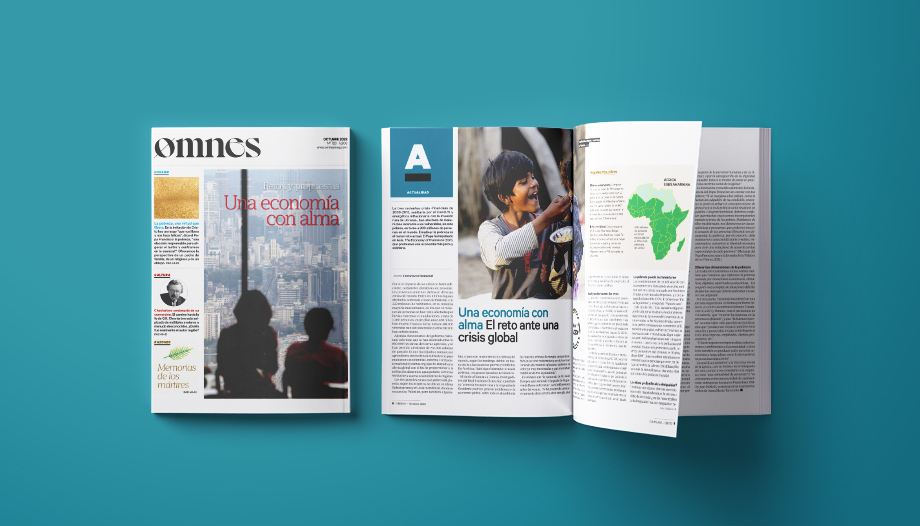





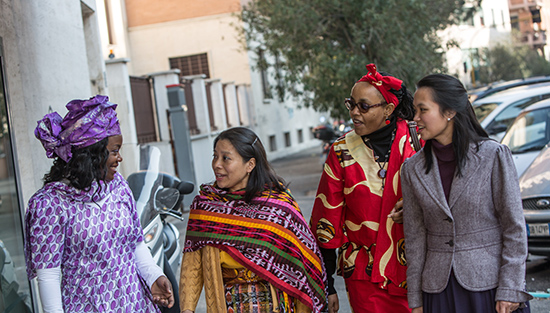
 Charism and hierarchy in Opus Dei, two dimensions in the same reality. The Relationship between the Gifts of the Holy Spirit in the Church
Charism and hierarchy in Opus Dei, two dimensions in the same reality. The Relationship between the Gifts of the Holy Spirit in the Church